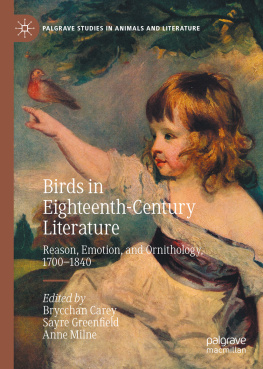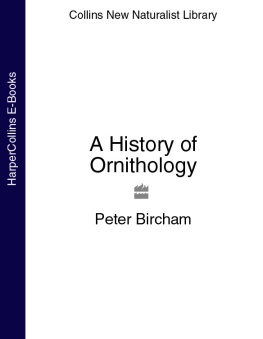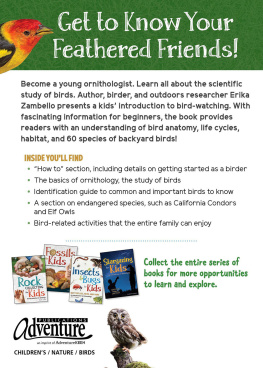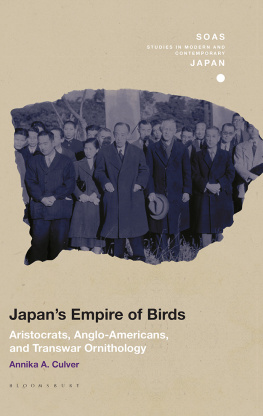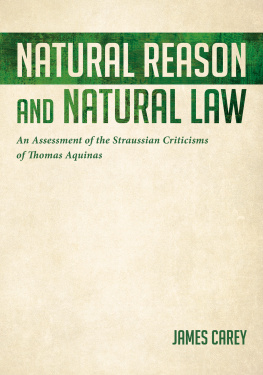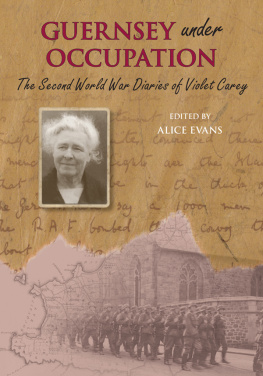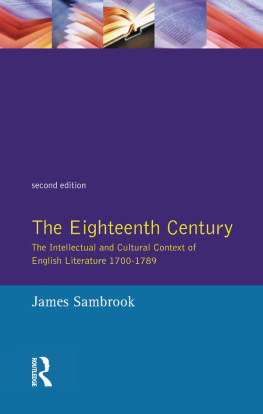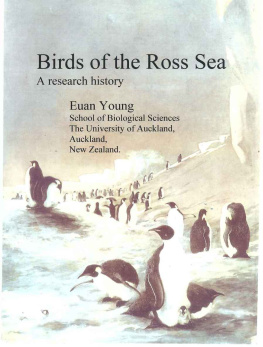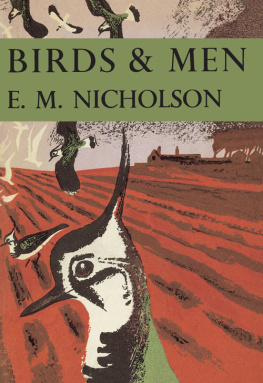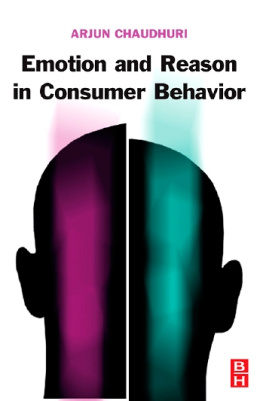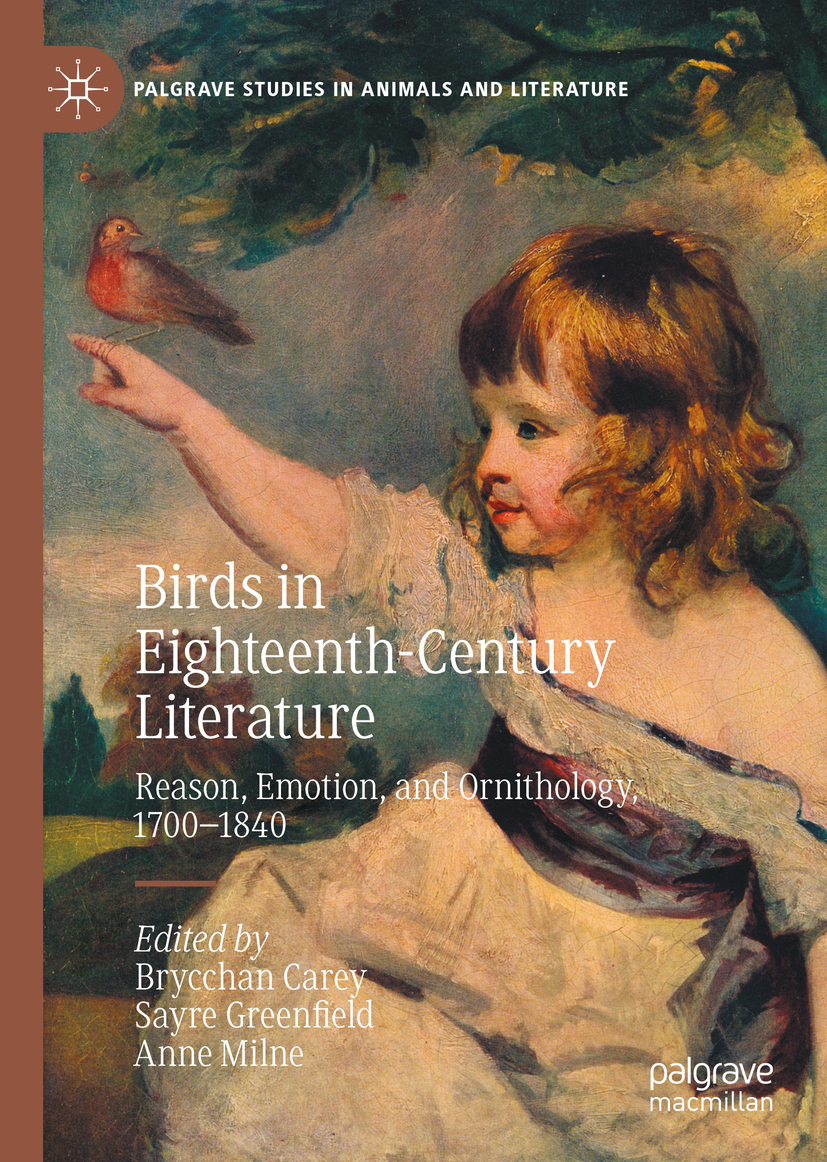Palgrave Studies in Animals and Literature
Series Editors
Susan McHugh
Department of English, University of New England, Biddeford, ME, USA
Robert McKay
School of English, University of Sheffield, Sheffield, UK
John Miller
School of English, University of Sheffield, Sheffield, UK
Various academic disciplines can now be found in the process of executing an 'animal turn', questioning the ethical and philosophical grounds of human exceptionalism by taking seriously the nonhuman animal presences that haunt the margins of history, anthropology, philosophy, sociology and literary studies. Such work is characterised by a series of broad, cross-disciplinary questions. How might we rethink and problematise the separation of the human from other animals? What are the ethical and political stakes of our relationships with other species? How might we locate and understand the agency of animals in human cultures?
This series publishes work that looks, specifically, at the implications of the 'animal turn' for the field of English Studies. Language is often thought of as the key marker of humanity's difference from other species; animals may have codes, calls or songs, but humans have a mode of communication of a wholly other order. The primary motivation is to muddy this assumption and to animalise the canons of English Literature by rethinking representations of animals and interspecies encounter. Whereas animals are conventionally read as objects of fable, allegory or metaphor (and as signs of specifically human concerns), this series significantly extends the new insights of interdisciplinary animal studies by tracing the engagement of such figuration with the material lives of animals. It examines textual cultures as variously embodying a debt to or an intimacy with animals and advances understanding of how the aesthetic engagements of literary arts have always done more than simply illustrate natural history. We publish studies of the representation of animals in literary texts from the Middle Ages to the present and with reference to the discipline's key thematic concerns, genres and critical methods. The series focuses on literary prose and poetry, while also accommodating related discussion of the full range of materials and texts and contexts (from theatre and film to fine art, journalism, the law, popular writing and other cultural ephemera) with which English studies now engages.
Series BoardSeries Board: Karl Steel (Brooklyn College); Erica Fudge (Strathclyde); Kevin Hutchings (UNBC); Philip Armstrong (Canterbury); Carrie Rohman (Lafayette); Wendy Woodward (Western Cape)
Karl Steel (Brooklyn College)
Erica Fudge (Strathclyde)
Kevin Hutchings (UNBC)
Philip Armstrong (Canterbury)
Carrie Rohman (Lafayette)
Wendy Woodward (Western Cape)
More information about this series at http://www.palgrave.com/gp/series/14649
Editors
Brycchan Carey , Sayre Greenfield and Anne Milne
Birds in Eighteenth-Century Literature
Reason, Emotion, and Ornithology, 17001840
1st ed. 2020
Editors
Brycchan Carey
Department of Humanities, Northumbria University, Newcastle upon Tyne, UK
Sayre Greenfield
Division of Humanities, University of Pittsburgh at Greensburg, Greensburg, PA, USA
Anne Milne
Department of English, University of Toronto Scarborough, Toronto, ON, Canada
Palgrave Studies in Animals and Literature
ISBN 978-3-030-32791-0 e-ISBN 978-3-030-32792-7
https://doi.org/10.1007/978-3-030-32792-7
The Editor(s) (if applicable) and The Author(s), under exclusive license to Springer Nature Switzerland AG 2020
This work is subject to copyright. All rights are solely and exclusively licensed by the Publisher, whether the whole or part of the material is concerned, specifically the rights of translation, reprinting, reuse of illustrations, recitation, broadcasting, reproduction on microfilms or in any other physical way, and transmission or information storage and retrieval, electronic adaptation, computer software, or by similar or dissimilar methodology now known or hereafter developed.
The use of general descriptive names, registered names, trademarks, service marks, etc. in this publication does not imply, even in the absence of a specific statement, that such names are exempt from the relevant protective laws and regulations and therefore free for general use.
The publisher, the authors and the editors are safe to assume that the advice and information in this book are believed to be true and accurate at the date of publication. Neither the publisher nor the authors or the editors give a warranty, expressed or implied, with respect to the material contained herein or for any errors or omissions that may have been made. The publisher remains neutral with regard to jurisdictional claims in published maps and institutional affiliations.
Cover illustration: Portrait of Master Hare (with bird) Unknown artist after Sir Joshua Reynolds. From The Connoisseur Volume L (January-April, 1918): 182Cover illustration: Portrait of Master Hare (with bird)Unknown artist after Sir Joshua Reynolds. From The Connoisseur Volume L (January-April, 1918): 182
This Palgrave Macmillan imprint is published by the registered company Springer Nature Switzerland AG.
The registered company address is: Gewerbestrasse 11, 6330 Cham, Switzerland
This book addresses the topic of the eighteenth-century bird in literature by examining literary representations of birds from across the world in an age of expanding European colonialism. It offers important new perspectives into the ways birds populate and generate cultural meaning in a variety of literary and non-literary genres from 1700 to 1840 as well as throughout a broad range of ecosystems and bioregions. It considers a wide range of authors, including some of the most celebrated figures in eighteenth-century literature such as John Gay, Henry Fielding, Laurence Sterne, Anna Letitia Barbauld, William Cowper, Mary Wollstonecraft, Thomas Bewick, Charlotte Smith, William Wordsworth, and Gilbert White.
Contents
Brycchan Carey , Sayre Greenfield and Anne Milne
Lucy Collins
Leslie Aronson
D. T. Walker
Bethan Roberts
Nancy M. Derbyshire
Francesca Mackenney
Alex Wetmore
Anne Milne
Brycchan Carey
Sayre Greenfield
George T. Newberry
Nicholas Junkerman
Kevin Joel Berland
List of Figures
Notes on Contributors
Leslie Aronson
is an independent scholar based in Michigan. Her 2014 PhD thesis was titled Fictions of Consumption: Novels of the Long Eighteenth Century, 17491817. She is revising it for publication.
Kevin Joel Berland
is Professor Emeritus of English and Comparative Literature, the Pennsylvania State University. He is the editor of The Dividing Line Histories of William Byrd II of Westover (2013).
Brycchan Carey
is Professor of English at Northumbria University. The author of numerous publications on eighteenth-century literature and culture, his books include British Abolitionism and the Rhetoric of Sensibility: Writing, Sentiment, and Slavery, 17601807

